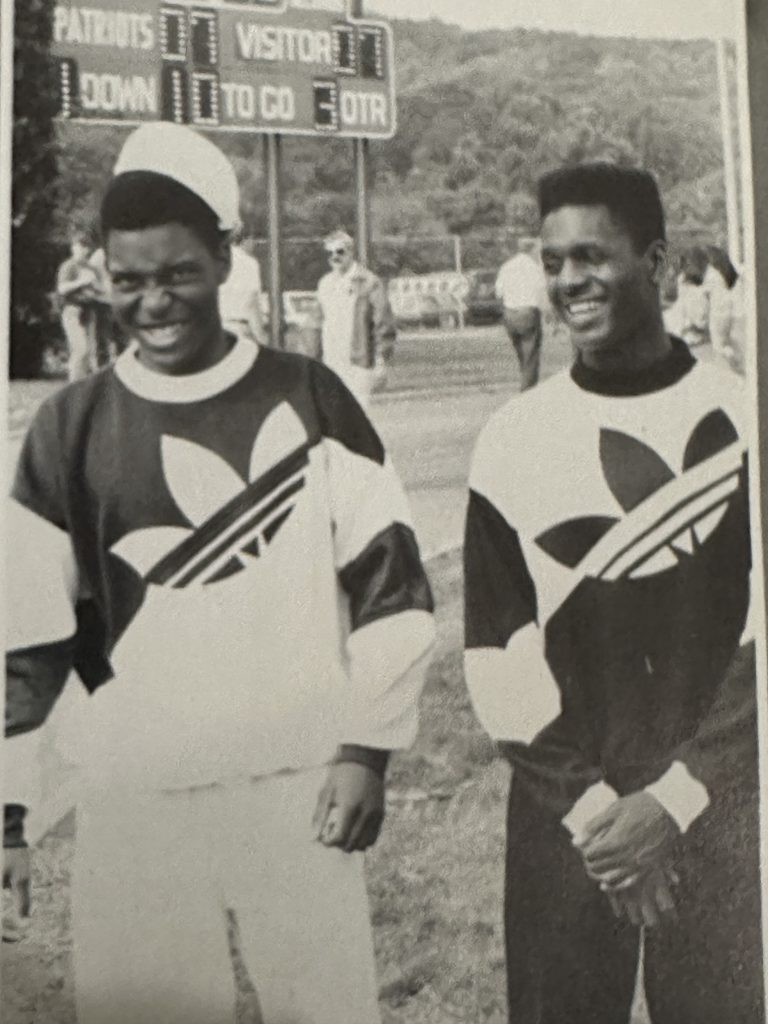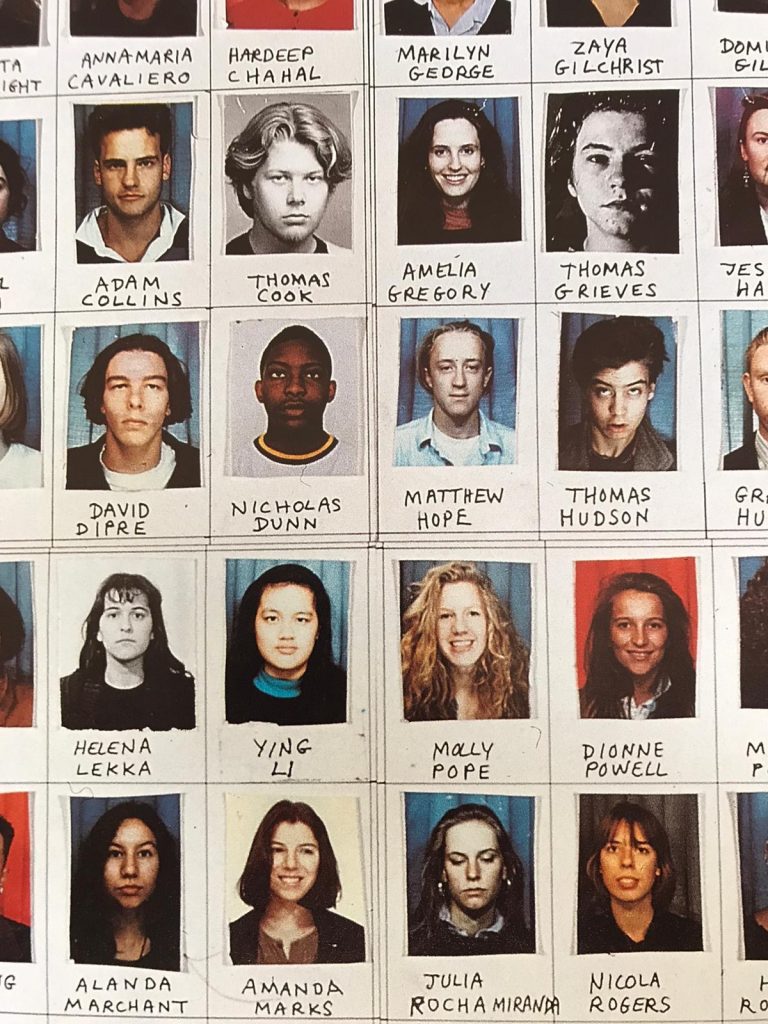
At 17, I was a very confident young man, unusual in the fact that I had a good idea of what I wanted to do as a profession.
I was obsessed with trainers; I worked as a sales assistant in a number of sportswear/streetwear stores within Covent Garden and Soho in London throughout my early to late teens so I could feed that obsession. The sales teams were always a very culturally diverse group of young Londoners who all shared my passion at the time for trainers, music and subculture. We’d have many conversations about what we’d do if we were designing the footwear in the store, what we liked and what we didn’t like about any new stock we had to sell. During one of these conversations I heard that there was a place in East London called Cordwainers College where I could go to learn how to make shoes and study footwear design, then I could design my own trainers.
At 18 I could see a pathway through arts education to achieve a goal of becoming a shoe designer. I went to Camberwell College of Arts to do an arts foundation, then went on to do a Higher National Diploma in Footwear Technology & BA (hons) in
Footwear design, marketing & product development at Cordwainers College. Finally, I went on to do a MA in Menswear, Footwear Design at the Royal College of Arts in London.
My education has led to a career in sports footwear design and, full circle, creative education, but I’m always thinking about what would it be like for my 18 year old self now ? Starting to undertake this journey through arts education in 2024, as a young black student from London.
Perceived Obstacles & Barriers.

Of course there were lots of obstacles and barriers for me in the 90s pursuing a higher education trajectory in the arts that made the journey seem unachievable, one stark perceived barrier was the simple fact that I didn’t see many young black people in arts education or in industry, which created a feeling of ‘imposter syndrome’ within me at the mere thought of putting a portfolio together to try and get an interview on a course in footwear at Cordwainers, or even prior to that for my foundation at Camberwell. Out of a graduating cohort of 220 students on my Foundation course at Camberwell in 1992 only 8 students were black.
In the early 90s there was also an incentive for me to pursue my aspiration, because of the fact that in the early part of the decade further education was still free. Course fees were subsidized by the government, so the financial obstacle of paying tuition fees didn’t exist for me. Today, a young aspiring creative coming from similar positioning, a single parent family, working class home with two siblings also aspiring to pursue higher education faces annual fees for a BA (hons) degree of £9,250. The Students Loans Company says graduates in England leave with an average debt of £44,940.
The government has recently announced that it plans to increase the cap on
tuition fees for England-domiciled undergraduate students from £9,250 to £9,535 for the 2025-26 academic year.

Before 2020 i didn’t really spend much time reflecting on the obstacles/challenges my positioning had on my creative education, but as the above slide image illustrates there were a number of events that forced me to reflect on my experiences. The zeitgeist at the time compelled me to be less passive in my approach to making a difference to the next generations creative journey by seeking out community and support in doing so.
With this in mind, can my 18-year-old self-see a clear HE paths towards achieving their creative aspirations? Is the path of creative HE a viable route for a young black student in achieving this aspiration?
As an alumnus from HE creative education in London I believe that it is, but how can we prove it’s worth the investment.
What can we as academics do to give more exposure to the inclusive practices, we undertake in order to enrich our current students’ experiences, promote and encourage the next generation to see HE creative education as a valid option?